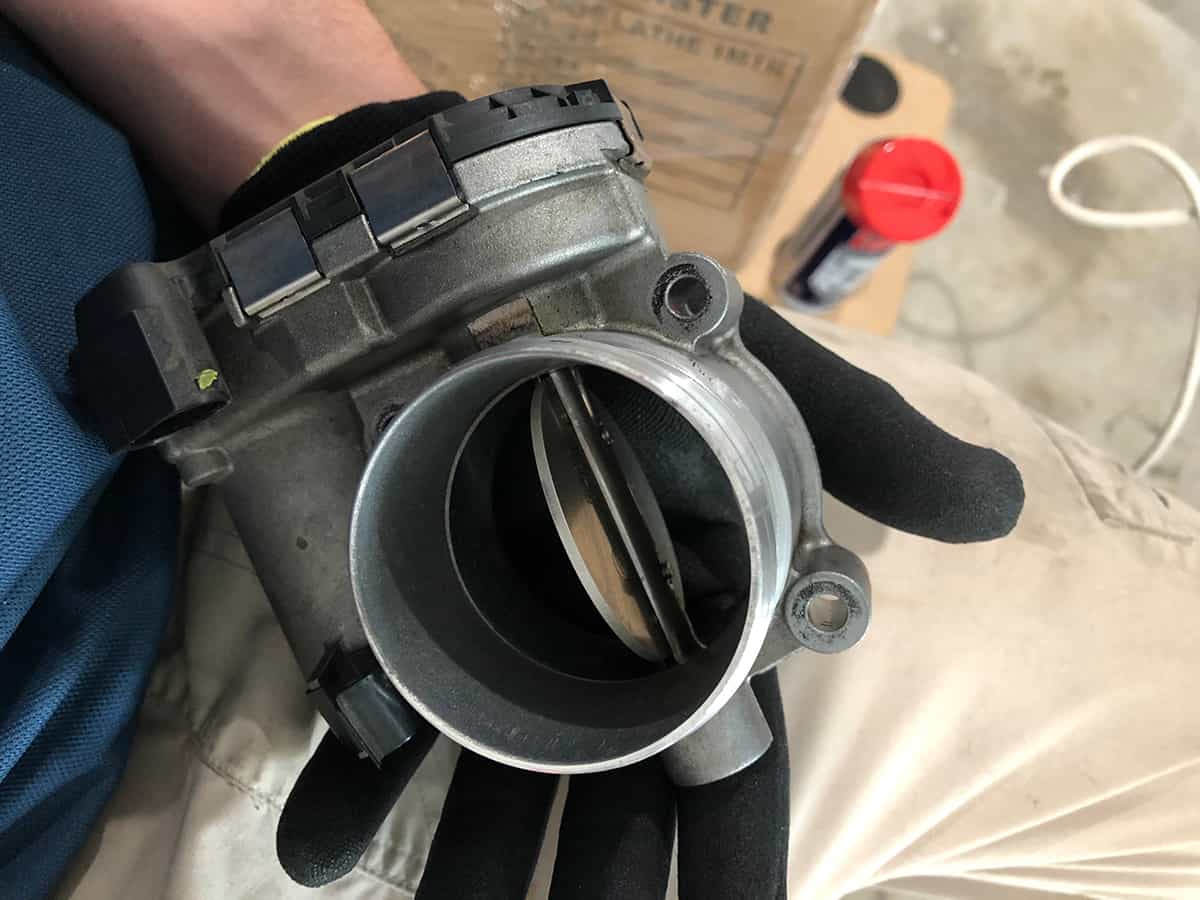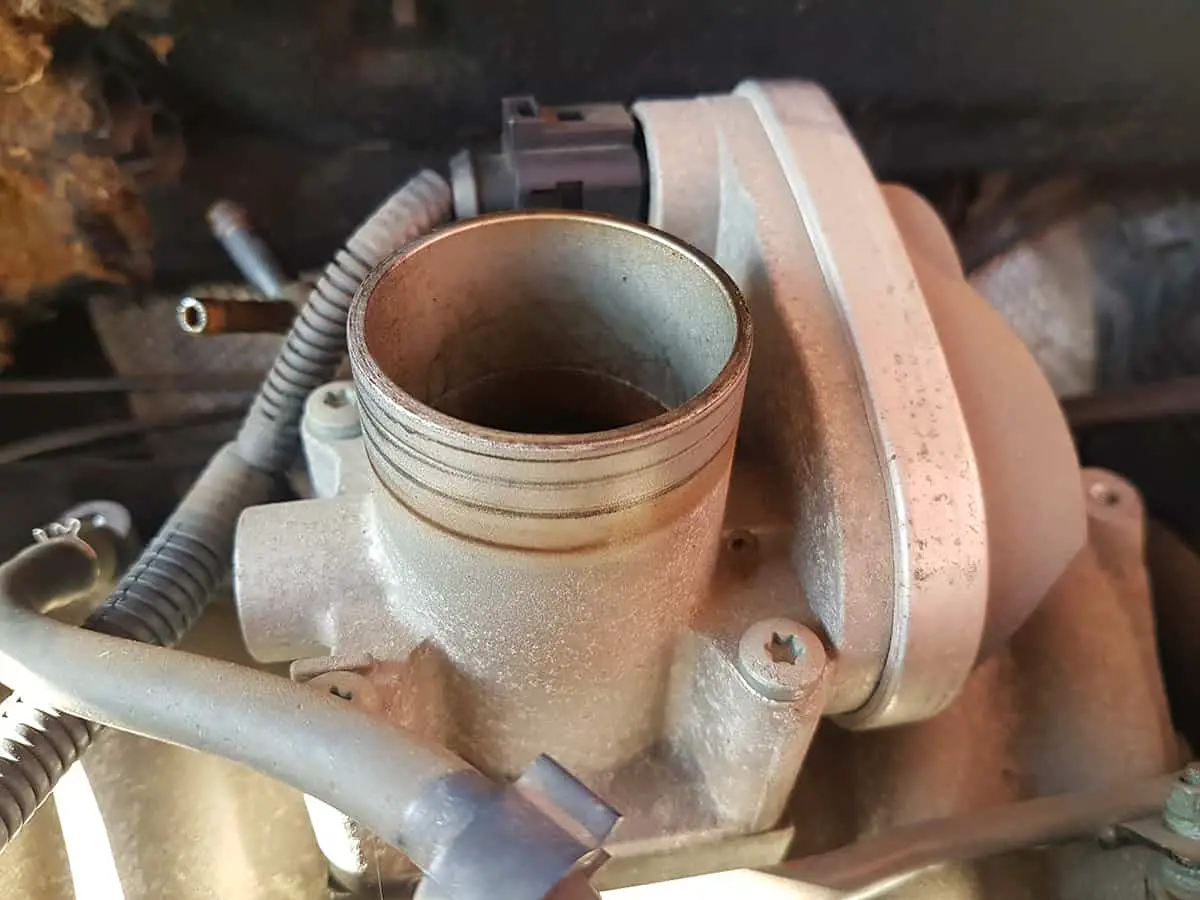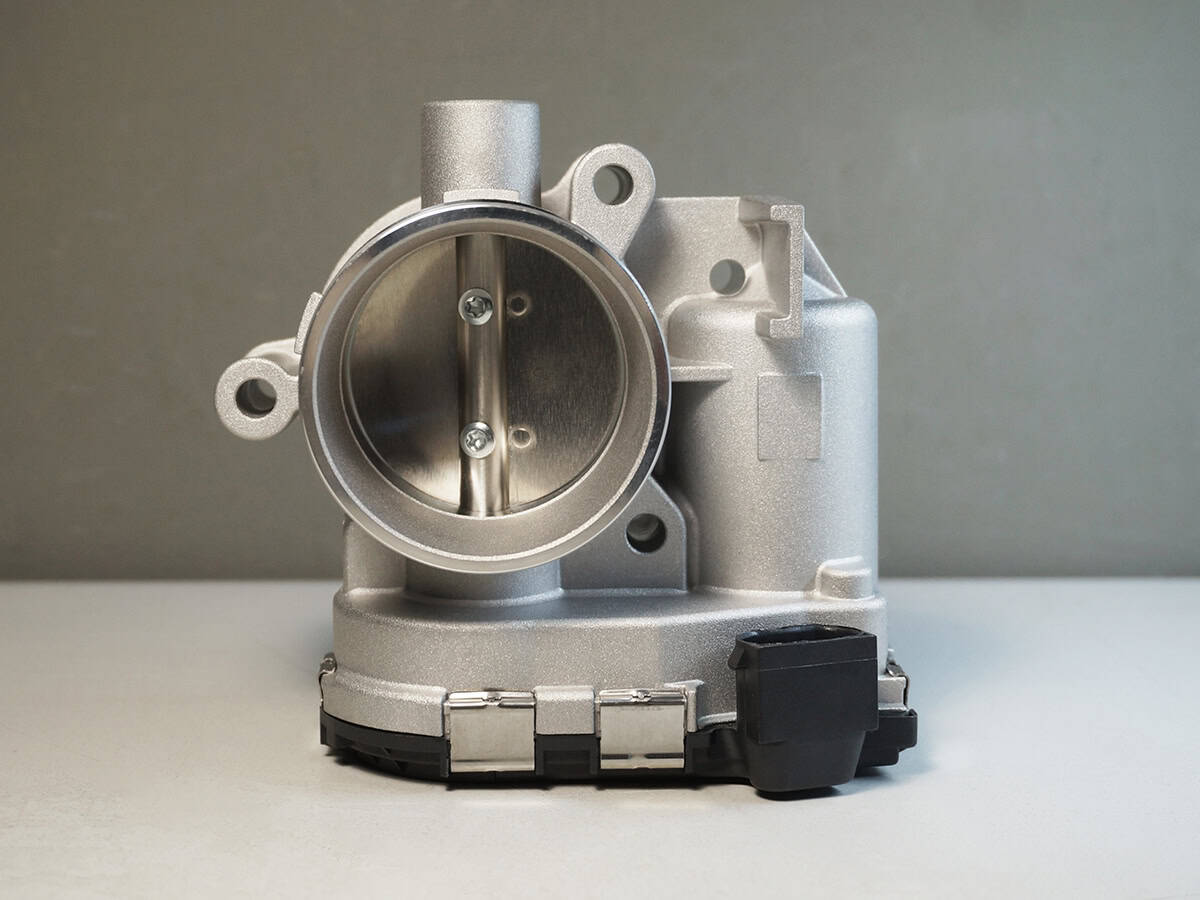The throttle controls how much air is let into the engine. This, in combination with the fuel, dictates how your car performs on the road. A properly functioning throttle body is vital for smooth acceleration, optimal fuel efficiency, and overall engine performance.
If this component malfunctions, it can lead to a number of issues that could impair your vehicle’s performance, causing potential headaches and unexpected garage visits.
Some notable symptoms of a bad throttle body include:
- Unstable or rough engine idle
- Decreased fuel efficiency
- Difficulty in accelerating
- Check Engine Light or Throttle Body Warning Light turns on
- Stalling or misfiring engine
This comprehensive guide will delve into the symptoms of a faulty throttle body, how to diagnose it, and what measures can be taken if you find yourself facing this issue.
Understanding the Throttle Body

The throttle body is an essential part of your vehicle’s air intake system. It’s a butterfly valve located between the air intake filter and the intake manifold that controls the amount of air entering your engine. By managing the airflow, the throttle body influences the power your engine can produce and how efficiently it operates.
The function of the Throttle Body
The throttle body’s primary role is to manage your engine’s air supply. When you press your vehicle’s accelerator pedal, it sends a signal to the engine control unit (ECU), which then instructs the throttle body to open or close. The more you press the accelerator, the wider the throttle body opens, allowing more air into the engine. This, combined with fuel ignites, produces the energy that powers your vehicle.
Components of the Throttle Body
The throttle body comprises several components, all working in harmony to control your vehicle’s performance:
- Throttle Plate: This is the butterfly valve that opens and closes to regulate the air intake into the engine. Its position is crucial for engine performance and fuel efficiency.
- Throttle Position Sensor (TPS): This sensor monitors the throttle plate’s position, sending feedback to the ECU, which adjusts the fuel injection rate to maintain the optimal air-fuel ratio.
- Idle Air Control Valve (IAC): This component helps control the engine’s idle speed by regulating the airflow when the throttle plate is closed.
- Throttle Body Temperature Sensor: It measures the temperature of the incoming air, contributing to the management of the air-fuel mixture.
Symptoms of a Bad Throttle Body
While the throttle body is built for durability, factors such as contamination, wear, and electrical issues can lead to malfunctioning. Here are the common signs to look out for if you suspect a bad throttle body:
1. Unstable Engine Idle
If the throttle body is faulty, it could lead to irregularities in controlling the air intake, causing the engine to idle erratically. This unstable engine idle can manifest as a fluctuating rpm meter when your vehicle is stationary, or you might feel the vehicle juddering while stopped.
2. Decreased Fuel Efficiency
This is because the throttle body and ECU work together to maintain the optimum air-fuel ratio for combustion. A malfunctioning throttle body might lead to too much or too little air entering the engine, causing it to burn more fuel than necessary. You might notice your vehicle consuming more gas than usual for the same distance.
3. Difficulty Accelerating
When you press down the accelerator pedal, it should respond by increasing engine power. However, a faulty throttle body could slow down this response, leading to a delay or difficulty in accelerating. You might feel the vehicle hesitating or jerking during acceleration.
4. Illuminated Check Engine Light
When the throttle body is not functioning correctly, it can trigger this warning light. However, the check engine light can indicate a variety of other issues as well. Therefore, if this light comes on, it’s best to get your vehicle checked by a professional or use an OBD-II scanner to identify the error code.
5. Throttle Body Warning Light
In some modern vehicles equipped with an electronic throttle control (ETC), there’s a specific warning light for throttle body issues. This light usually resembles a lightning bolt and illuminates when the ECU detects a problem with the throttle body. This should be addressed immediately to prevent further damage to the engine.
6. Stalling or Misfiring Engine
A malfunctioning throttle body might lead to an improper air-fuel mix, which can cause the engine to stall or misfire. This symptom is not only disruptive to your driving experience but can also cause significant damage to the engine if not addressed promptly.
Causes of Throttle Body Failure

Several issues can lead to a faulty throttle body, ranging from buildup of carbon deposits to electrical complications. Here, we discuss these causes in detail:
1. Carbon Deposits and Contamination
As air and fuel pass through the throttle body, carbon deposits can accumulate on the throttle plate and the walls of the throttle body. This buildup restricts airflow, impairs the throttle plate’s movement, and can even affect the performance of the throttle position sensor.
2. Electrical Problems
Modern throttle bodies are electronically controlled, and any malfunction in the electronic components can lead to throttle body failure. Faulty wiring, a bad throttle position sensor, or issues with the ECU can disrupt the communication between the throttle body and the ECU.
3. Wear and Tear
The throttle plate hinges might wear out, causing the plate to stick or move irregularly. Similarly, the throttle position sensor, idle air control valve, or other components of the throttle body might wear out, impairing the throttle body’s overall functioning.
4. Vacuum Leaks
If there’s a leak in this system, excess air can enter, disrupting the optimal air-fuel ratio for combustion. This is often noticeable as a high engine idle speed, difficulty accelerating, and stalling engine. Vacuum leaks can occur due to damaged gaskets or hoses, and they require immediate attention to prevent engine damage.
5. Damaged Throttle Body Sensors
The sensors in the throttle body, particularly TPS, and the temperature sensor, are critical for its operation. They provide the ECU with data about the throttle plate position and incoming air temperature, respectively. If these sensors are damaged, they can send incorrect information to the ECU, causing improper air-fuel mixture and leading to a range of engine performance issues.
Repairing or Replacing a Bad Throttle Body
When dealing with a faulty throttle body, two primary courses of action exist: repairing the existing throttle body or replacing it entirely. The best choice depends on several factors, including the type and extent of the problem, the age and model of your vehicle, and your budget.
How to Repair a Bad Throttle Body
Repairing a throttle body generally involves cleaning and removing any debris or carbon buildup.
- You’ll need to locate the throttle body. Consult your vehicle’s manual to find its exact location.
- Disconnect the air intake duct from the throttle body.
- Use a throttle body cleaner and a soft cloth or brush to clean the throttle body. Be sure to clean the throttle plate and the walls of the throttle body.
- Once cleaned, reassemble everything in reverse order.
For electrical issues, you may need to replace the faulty sensors or fix the wiring. In these cases, unless you have advanced knowledge of auto repairs, it’s often best to seek professional assistance.
How to Replace a Bad Throttle Body
Replacing a throttle body is a more complex task than repairing it, and it’s usually best done by a professional. If you have advanced auto repair skills, you can consider replacing it yourself.
- Disconnect the negative terminal of the battery.
- Locate the throttle body. It is typically on top of the engine, between the air intake assembly and the intake manifold.
- Disconnect the electrical connections and the air intake duct.
- Remove the bolts holding the throttle body in place.
- Install the new throttle body, reversing the steps you took to remove the old one.
- Once installed, you might need to perform a throttle body relearn procedure to calibrate the new throttle body with your vehicle’s ECU. Consult your vehicle’s manual or a professional mechanic for guidance.






